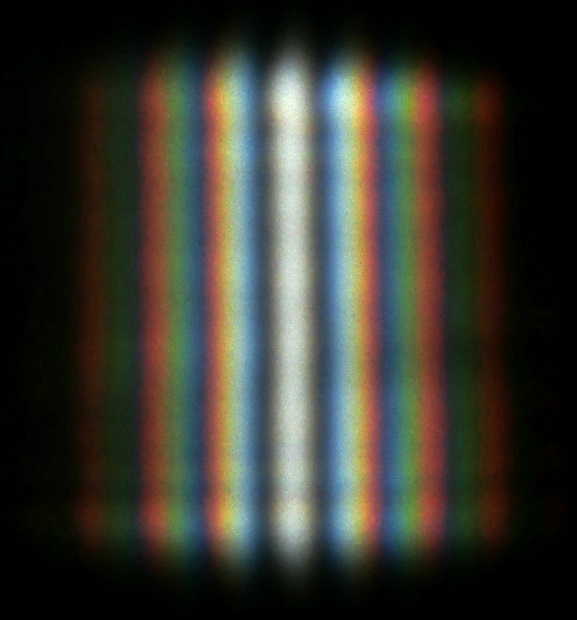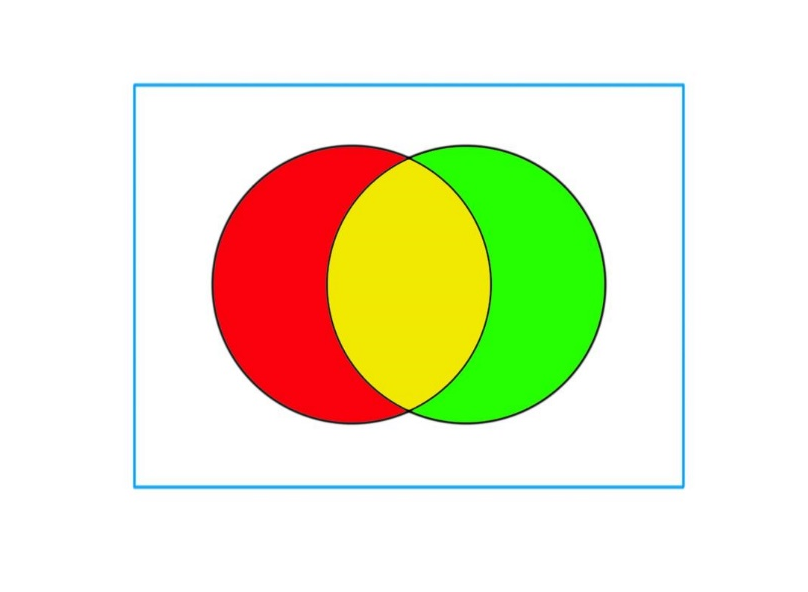It is springtime! As spring prevails, all things in nature are suddenly adorned by myriads of colors. These myriads of colors inspire myriads of feelings. No other thing affects living beings' psyche as powerfully as colors. May that be love or war, spirituality or science, ascetism or fashion, poems or technology, colors seem to touch almost all aspects of mankind. You have seen them, and you have felt so many feelings seeing them. But have you ever wondered about them? Amidst countless emotions inspired by these colors, have you ever asked: What are colors, anyway?


To know what colors are, first we need to know what light is. We see something when light from the thing enters our eyes and are focused to the special cells of the eyes called rods and cones. These cells help light to convert to the particular information which is read by our brain and is interpreted as how bright the thing is or what color it has. Light is a strange thing that behaves both as a bunch of tiny particles and as a group of never resting waves. This may sound counterintuitive to some but that's how light is. When you shine light on metals, the electrons from metals are ejected out by light like the billiard balls (the particle nature), and when light passes through an array of small openings, the light from each opening interferes with each other like the waves of water (the wave nature). Light shows different natures depending on how you look at it! Light particles are elementary (that is, they are not composed of other particles), and light waves are electromagnetic (that is, they are both electric and magnetic).

When light acts as a bunch of tiny particles, it is observed that each particle can have different energies, and these different energies correspond to different colors. Also, when light behaves as a group of waves, it is found that each wave can oscillate in different frequencies, and these different frequencies correspond to different colors. For instance, when you look at light particles of 3.47 X 10-19 joules energy or light waves of 5.16 X 1014 hertz frequency, you see yellow. If you look at light of more and more energy or frequency, you see green, blue, indigo, and violet. And, if you look at light of less and less energy or frequency, you see orange and red. The colors from red to violet (acronym ROYGBIV, light particles gradually getting more energetic or light waves gradually getting more rapid) form a band called visible spectrum. When we mix all these colors, we see white. Black is the absence of all colors.

Light can interact with matter. All objects in world are made of tiny unit of substance called atoms and molecules (made of two or more atoms). It is found that different atoms or molecules scatter the colors of light differently. These scatterings are the reasons that when a light with a mixture of colors is shone on a substance, certain colors are taken in (absorption) and others are given off (emission). Cloud and snow appear white because they emit all visible colors that they receive from Sun. That is also the reason that sugar, salt, paper, and cloth are white. Spill some water on paper or cloth, and suddenly they absorb the light more than they emit, and so they appear grayer. When tiny water droplets of atmosphere absorb and re-emit the sunlight at certain angle, the colors of sunlight can disperse, and they can form a circular band of colors in the sky. This band of colors is the rainbow, an ornament of the sky. The sky itself appears blue because air particles scatter blue colors all around but do little to colors near red. In contrast, gold, and copper scatter the yellow and red colors most and have small effect on colors near blue. During sunrise and sunset, the sunlight travels long and so blue scatters completely and what we see are only yellow and red. It may seem like water reflects all colors, but it weakly absorbs red. This is apparent in the reflected sunlight from deep seawater which looks green blue because of cumulative absorption of red. Many objects in nature have special molecules called pigment and dye molecules that preferentially absorbs only certain colors, and the object appears in color that is not absorbed. The preferential absorption by pigments or dyes is what gives the orange color to monarch butterflies, green to spring leaves, yellow to fall leaves, red to cardinals, and blue to headscarf of Vermeer's Girl with a Pearl Earring.
All colors of visible spectrum can be mixed with each other in numerous combinations, and the colors from these combinations can create different color sensations. For instance, when you mix red and blue, you get magenta. If you mix blue and green, you get cyan. One peculiar thing about color is that though we correspond each energy of light particle or frequency of light wave to a certain color of visible spectrum, the sensation of those colors is actually a more subjective response of our body system. For instance, if you look at mixture of red light and green light, though there is no energy or frequency of yellow color involved in the mixture, you will see yellow! The sheer presence of visible colors in the world might already feel overwhelming, but there are also colors beyond visible spectrum (the ROGBIV) and are invisible to us. The invisible colors have different energies or frequencies than colors in visible spectrum. The visible and invisible colors form a bigger band called electromagnetic spectrum.

The color having more energy or frequency than violet is called ultraviolet. Bees can see this color. Nature has made these creatures see only the lower end of our visible spectrum. They cannot see red! The color more energetic or rapidly oscillating than ultraviolet is called X-ray. Taking photograph of bones using this color is pretty common! The color is so energetic; it can transmit through a person's body leaving the shadows of bones. Many celestial bodies such as stars and supernova remnants give off X-rays. You would see black holes if you could see X-rays. Gamma rays are the colors more energetic than X-rays. These are produced when some unstable elements, called radioactive elements, decay to the stable ones.
There are also colors having less energy or frequency than the red end of the visible spectrum. The one next to red is called infrared which are emitted by hot bodies like electric heaters and glowing coals. Even warm bodies like us emit this color. You look very radiant in infrared! The color below infrared is called microwave. Water molecules can quickly absorb and shake off this color. When they do that, they can heat up the body that they are in. That is how microwave ovens heat your food. The color below microwave is radiofrequency wave. The radio stations broadcast their programs in the form of radiofrequency waves using a device called transmitter. Your radio receiver catches the radiofrequency wave which is converted to sound. The feeble color turns to melodious music!
It is springtime. As Sun burns white at the zenith, blue sky tries to mellow the scenery. A red cardinal tries to pick some blue berries, and green leaves of the bush shudder in fright. Yellow daffodils greet gently when an orange butterfly flutters past them. When bright sunlight meets tiny drops from waterfall, all visible colors of the light come out to make a small rainbow. The season feels wonderful, and the feeling is better when you know the little secrets of colors.
References:
Introduction to Quantum Mechanics, David J. Griffiths
Introduction to Electrodynamics, David J. Griffiths
About the Author
I am a PhD student in University of Georgia, Department of Physics and Astronomy. My research focus is on study of interaction between UV-visible light and molecules of life in femtosecond (one millionth of one billionth of a second) time scale. Besides science and math, I enjoy literature, music, and sketching.
- This author does not have any more posts.






